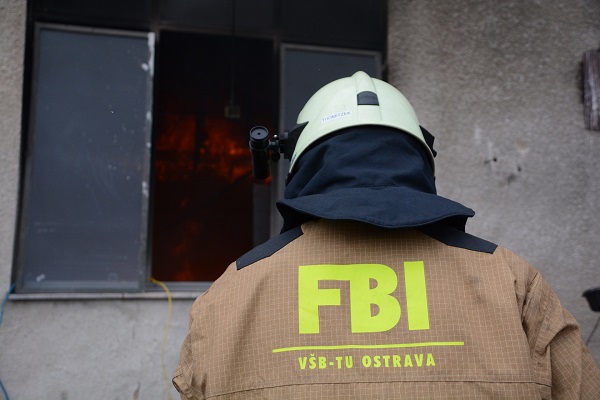1. Risks in society, in business and in an private life, the reason of risk management and its empirical and structured form. Risk management systems in social goals, legislation and standards.
2. Terminology and the basic concept of risk as the effect of uncertainty on achieving the goals. Risk as a result of exposure to a vulnerable hazard target. Chronic and acute risks, existential and common risks. Accident theory, dysfunction of systems.
3. Actors in risk management, their roles, responsibilities and relationships - risk owner, risk bearer, regulator, analyst, manager. Management and governance of risks, the foundations of decision-making theory.
4. Principles of the risk management goal setting process, its framework, complexity and depth. The subjective nature of the targets. Team composition to implement risk management.
5. Hazard identification. Types of hazards and forms of their flow. Hazardous objects and situations, hazards physical, chemical, biological, environmental, social and information-related. Hazard identification tools.
6. Risk development scenarios, forms of identification, representation and evaluation. Logical diagrams. Risk rationalization. Determination of uncertainty, probability and frequency, their evaluation.
7. Impact assessment of adverse events, human impacts, environment, property and services. The design of impact severity scales, their integration - the expression of risks. Qualitative, semi-quantitative and quantitative approach.
8. Risk matrix, its creation and evaluation. Transition from risk analysis to risk assessment, subjective factors, risk perception and its acceptability.
9. Setting prevention targets, "how safe is safe enough? " Risk management decision making process, ALARA / ALARP principles. Social and ethical aspects of risk management.
10. Risk prevention tools and their selection methods.
11. Residual risks and their impacts, accidents, emergencies, crises. Business continuity management.
12. Contingency and emergency, preparedness, emergency plans and how to verify them. Training and testing.
13. Risk communication, ethic in risk management.
2. Terminology and the basic concept of risk as the effect of uncertainty on achieving the goals. Risk as a result of exposure to a vulnerable hazard target. Chronic and acute risks, existential and common risks. Accident theory, dysfunction of systems.
3. Actors in risk management, their roles, responsibilities and relationships - risk owner, risk bearer, regulator, analyst, manager. Management and governance of risks, the foundations of decision-making theory.
4. Principles of the risk management goal setting process, its framework, complexity and depth. The subjective nature of the targets. Team composition to implement risk management.
5. Hazard identification. Types of hazards and forms of their flow. Hazardous objects and situations, hazards physical, chemical, biological, environmental, social and information-related. Hazard identification tools.
6. Risk development scenarios, forms of identification, representation and evaluation. Logical diagrams. Risk rationalization. Determination of uncertainty, probability and frequency, their evaluation.
7. Impact assessment of adverse events, human impacts, environment, property and services. The design of impact severity scales, their integration - the expression of risks. Qualitative, semi-quantitative and quantitative approach.
8. Risk matrix, its creation and evaluation. Transition from risk analysis to risk assessment, subjective factors, risk perception and its acceptability.
9. Setting prevention targets, "how safe is safe enough? " Risk management decision making process, ALARA / ALARP principles. Social and ethical aspects of risk management.
10. Risk prevention tools and their selection methods.
11. Residual risks and their impacts, accidents, emergencies, crises. Business continuity management.
12. Contingency and emergency, preparedness, emergency plans and how to verify them. Training and testing.
13. Risk communication, ethic in risk management.
